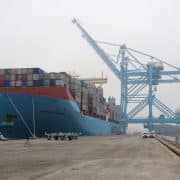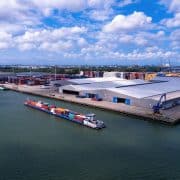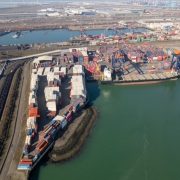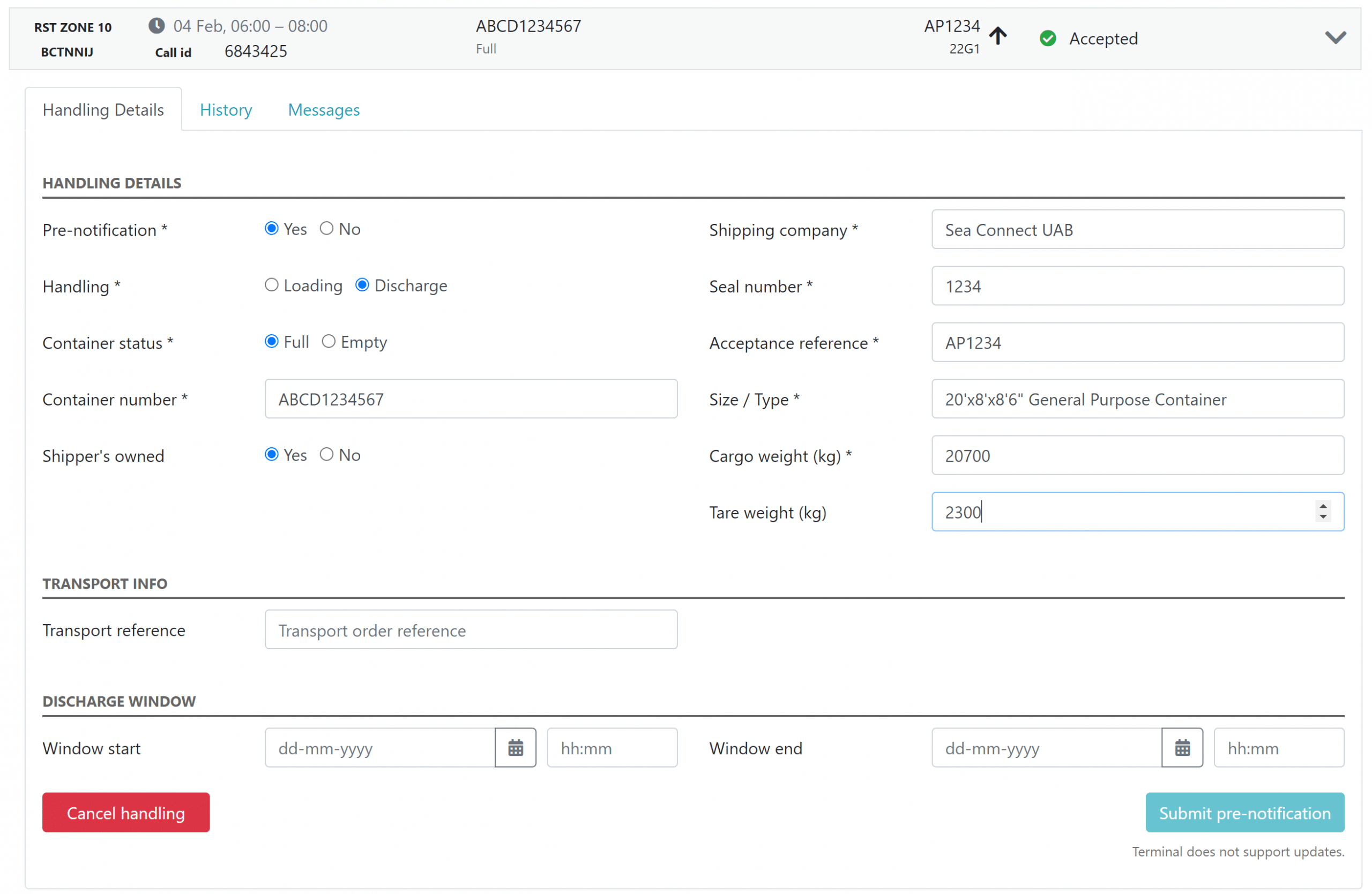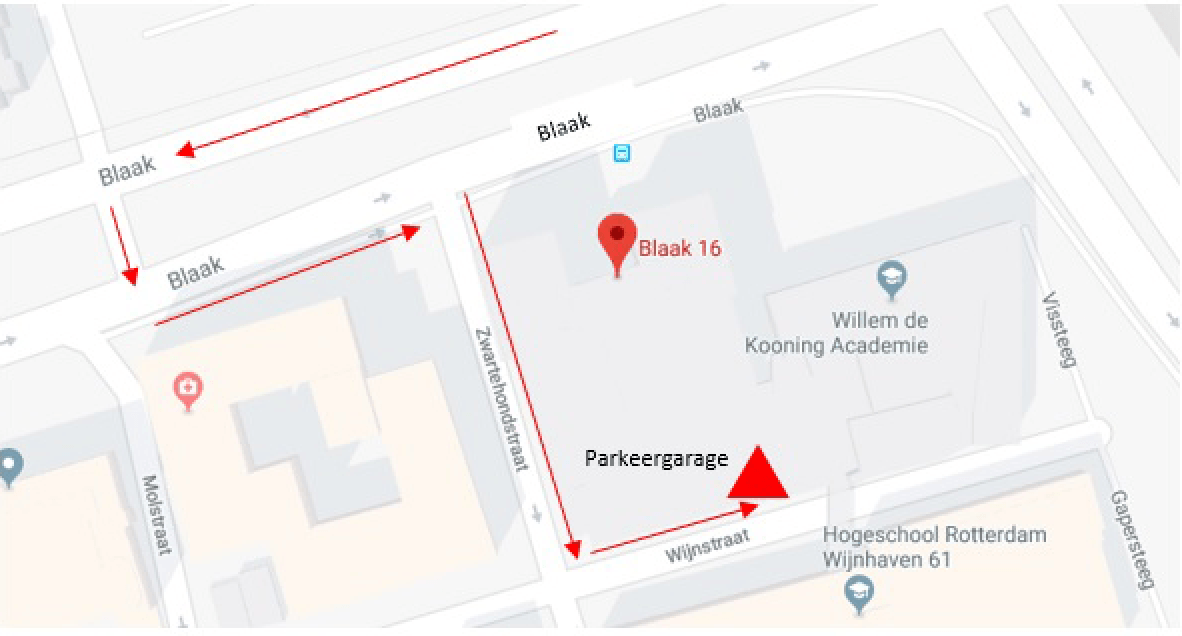Cargo leaving the EU? New customs rules on the way!
Dutch Customs is moving to a new system for registering goods leaving the EU in response to European regulations. As an EU member state, the Netherlands must meet Automated Export System (AES) requirements by the end of November 2023. Coordination between Customs and business on implementation has begun.
AES is a nationwide innovation that will impact on all market participants involved in outbound cargo flows, including those outside the maritime sector. In the Dutch ports, it will mean a different way of working not only for stevedores and shipbrokers, but also for forwarders and carriers. Portbase is making complying with the new customs regulations as easy as possible for the community.
More control over outgoing goods
The implementation of AES follows on from the introduction of the Union Customs Code (UCC) in 2016, explains Michel Zijderveld, Implementation Manager AES Exit for Dutch Customs. Further digitisation of customs processes is an important element of that. “AES is the successor to ECS and involves tightening up in various areas. From a security perspective, we at Customs want more control over goods going out of the EU. A topical example is being able to enforce sanctions properly.”
Export, re-export and exit
The Implementation Manager explains the difference between “export” (being the export declaration), “re-export” (being the declaration to re-export) and “exit” (verification that goods are actually leaving the EU). AES relates to all of these processes.
Exit of cargo involves three AES notifications for port operators: the arrival-at-exit notification when cargo arrives at the terminal from the hinterland, the notification of transhipment cargo that will be remaining in an RTO (temporary storage facility) at a terminal for more than 14 days, and the notification of transhipment cargo that will be remaining in an RTO at a terminal for less than 14 days. All three are pre-existing notifications that will work slightly differently under AES.
The latter notification, the re-export notification, represents the biggest change for shipbrokers. Currently, this notification is made by making a reference to the consignment (B/L) in the outgoing manifest, as detailed in the declaration for temporary storage on entry. This form of re-export notification will no longer be available after the end of the transition period (presumably 30 September 2023). From then on, the re-export notification, like the other two notifications, must be submitted in the form of an electronic message.
Portbase to adapt PCS
With its Port Community System (PCS), Portbase has for years been providing a chain solution that not only enables the sharing of information and statuses but also informs parties in advance whether the formalities required for a shipment have been completed. Notifications are also automatically sent to Customs. This working method results in fewer operations and clarity on whether a shipment has been accepted at a terminal, for example, and/or whether a shipment may be loaded by the shipping company.
In line with the above, Portbase will also be providing the community with a solution for AES via the PCS. For now, the PCS provides AES-related services only for transhipment cargo that is in port for more than 14 days (EXS). One of the changes will relate to the arrival-at-exit notification. Portbase also wants to develop a new service to allow shipbrokers to report transhipment cargo that remains at a terminal either longer or shorter than 14 days. To this end, Portbase, working closely with the parties involved, is examining how the extra work related to transhipment can be organised as efficiently as possible in the PCS.
Thanks to Portbase and its PCS, the port business community will soon be able to meet the new AES obligations very easily with the help of the new services described above.
New customs system for better supervision
Customs will process future AES notifications via a new system that will allow for better and more supervision. The system is called BUP (Entry, Exit, Provisioning – in Dutch: Binnenbrengen, Uitgaan, Provianderen) and communicates with another new Customs system – the Customs Management System (CMS) – for making export and re-export declarations. BUP is still under development and CMS implementation is currently underway.
Implementation Manager Zijderveld notes that the main focus of businesses is currently on connecting to the CMS. However, AES will inevitably follow. “In June, we at Customs therefore set up a sounding board group including representatives from umbrella organisations, software suppliers and, of course, Portbase.”
Following these exploratory talks on the coming changes, a number of webinars will be held, in order to focus more attention on the introduction of AES outside the sound board group.
30 November 2023 is the deadline set by Brussels for AES implementation to be complete. “Anyone who is not ready to transition to AES by then will no longer be able to submit notifications and will therefore have a problem. We therefore urge parties to think about the impact and start preparing in time.”

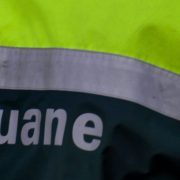
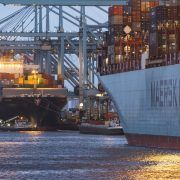



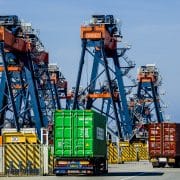
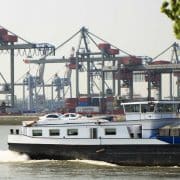
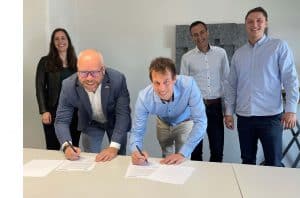 By signing this agreement, the exchange of knowledge and expertise will be further emphasised in the coming years, with the aim of further digitising the important Rotterdam-Basel-Genoa corridor and making it more sustainable. One of the aims is further coordination between both port community systems.
By signing this agreement, the exchange of knowledge and expertise will be further emphasised in the coming years, with the aim of further digitising the important Rotterdam-Basel-Genoa corridor and making it more sustainable. One of the aims is further coordination between both port community systems.